#sabine lancelin
Photo
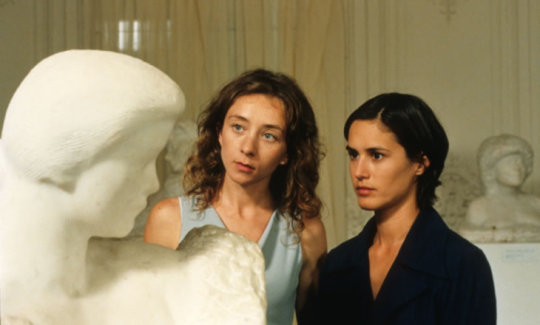
I prefer the truth even if it hurts. Yet all you give me are half-truths when you know I'll find out anyway.
La captive, Chantal Akerman (2000)
#Chantal Akerman#Eric De Kuyper#Stanislas Merhar#Sylvie Testud#Olivia Bonamy#Liliane Rovère#Françoise Bertin#Aurore Clément#Vanessa Larré#Samuel Tasinaje#Anna Mouglalis#Bérénice Bejo#Adeline Chaudron#Sabine Lancelin#Claire Atherton#2000#woman director
66 notes
·
View notes
Text

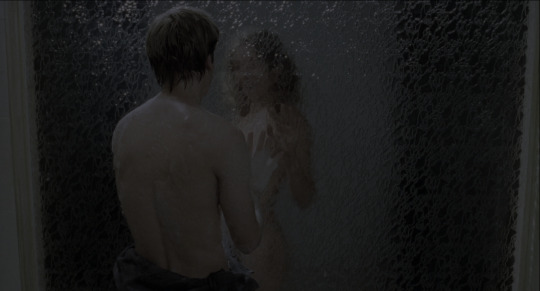
La captive, Chantal Akerman (2000)
#chantal akerman#sabine lancelin#marcel proust#sylvie testud#olivia bonamy#stanislas merhar#auguste rodin
44 notes
·
View notes
Photo

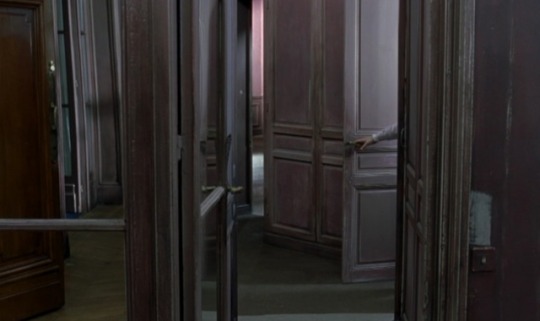
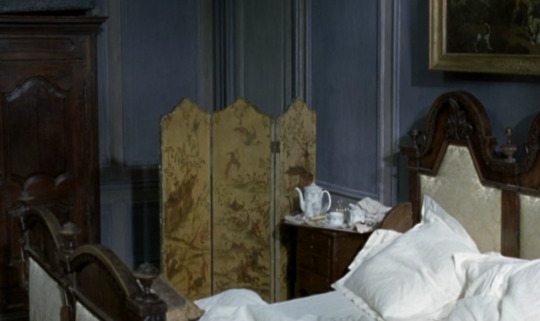
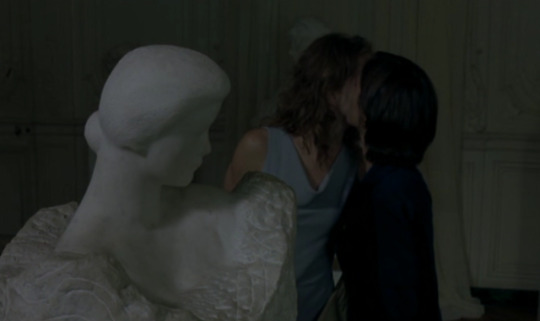
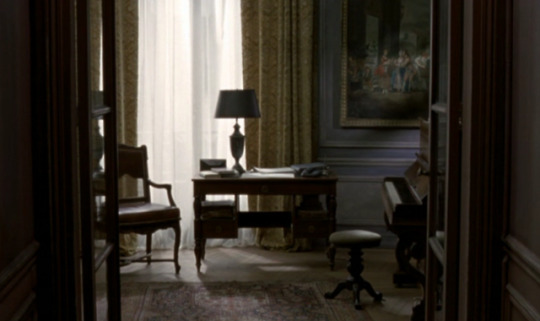
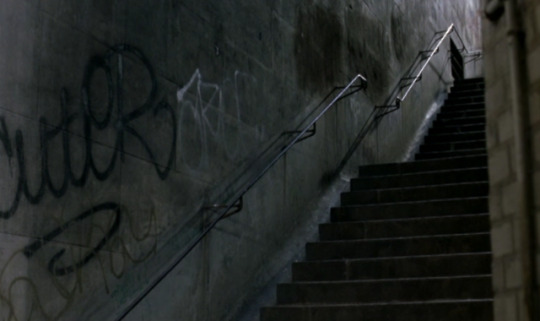



la captive (chantal akerman, 2000)
#the captive#la captive#chantal akerman#sabine lancelin#sylvie testud#olivia bonamy#stanislas merhar#s
124 notes
·
View notes
Text
Belle Toujours (2006)
Today's review, Belle Toujours by #ManoeldeOliveira starring #MichelPiccoli and #BulleOgier
MANOEL DE OLIVEIRA
Bil’s rating (out of 5): BBB. Portugal/France, 2006. Filbox Produções, Les Films d’Ici, Instituto do Cinema, Audiovisual e Multimédia, Centre National De La Cinematographie, Radiotelevisão Portuguesa. Screenplay by Manoel de Oliveira. Cinematography by Sabine Lancelin. Produced by Miguel Cadilhe. Music by Lawrence Foster. Production Design by Christian Marti. Costume…
View On WordPress
#Audiovisual e Multimédia#Bulle Ogier#Centre National De La Cinematographie#Christian Marti#Filbox Produções#France#Instituto do Cinema#Júlia Buisel#Lawrence Foster#Leonor Baldaque#Les Films d&039;Ici#Manoel de Oliveira#Michel Piccoli#Miguel Cadilhe#Milena Canonero#Portugal#Radiotelevisão Portuguesa#Ricardo Trêpa#Sabine Lancelin#TIFF 2006 Manoel de Oliveira#Valerie Loiseleux
0 notes
Photo
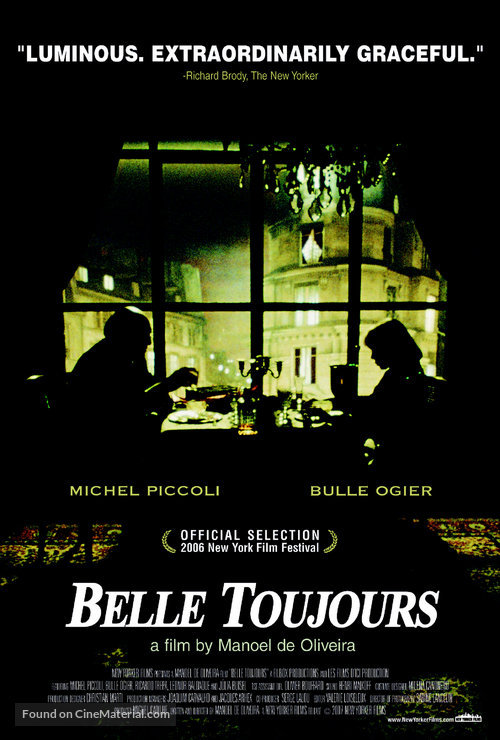
365 Day Movie Challenge (2018) - #63: Belle Toujours (2006) - dir. Manoel de Oliveira
E.B. White wrote in 1941 that “humor can be dissected, as a frog can, but the thing dies in the process and the innards are discouraging to any but the pure scientific mind.” The same thought can be applied to Manoel de Oliveira’s film Belle Toujours (2006), a sequel of sorts to Luis Buñuel’s surrealist drama Belle de Jour (1967). The extraordinary longevity of Oliveira, a Portuguese director whose career began in 1931 and lasted until his death in 2015 at age 106, may have given him the idea to create a follow-up to Buñuel’s classic by reuniting Sévérine Sérizy (originally Catherine Deneuve; now Bulle Ogier) with her late husband’s best friend, Henri Husson (Michel Piccoli), who sees her at a Paris concert and eventually convinces her to have dinner with him. But where Buñuel opted for dreamlike imagery and ambiguity, Oliveira attempts to pick apart the characters’ motivations so thoroughly that the thrills of Buñuel’s mysteries disappear.
Perhaps Belle Toujours was doomed before filming even began by not featuring Catherine Deneuve in a return to her former role. Late in Oliveira’s film, Ogier explains her altered personality to Piccoli by noting the passage of time, remarking that “the fire no longer burns” in her. Of course, such a sea change is possible over so many decades, but the bigger issue is that Bulle Ogier is an actress of a completely different temperament than Deneuve. Where Deneuve is simultaneously icy, regal and yet still alluring, Ogier comes off as delicate and almost timid by comparison. Even after so many years, it is hard to imagine the Sévérine character becoming so meek and somehow physically unimposing. (Ogier is four inches shorter than Deneuve, though I suppose that detail can be attributed to the character growing older.) Ogier conveys a wistful, melancholy air most effectively when she tells Piccoli that she never had children because it was not meant to be – a reminder to this viewer that in real life, the actress had a daughter, Pascale Ogier, who was an up-and-coming starlet before dying of a drug-related heart attack at age 25 – but it is still difficult to recognize the character’s transformation.
Michel Piccoli is as appealing as ever in his second go at playing Henri Husson, now bearing an even more pronounced twinkle in his eye due to his age. He is as charming here as an octogenarian as he was when he was in his early forties, still questioning the vagaries of life with wit and curiosity. Much of Belle Toujours is spent with Henri in a small Parisian bar, relating the tale of his long-ago involvement with Sévérine to a young barman (nicely portrayed by Ricardo Trêpa, Manoel de Oliveira’s grandson). This is unsurprising, given that bartenders often serve as armchair psychiatrists for their patrons, but the clinical ways in which Henri (in other words, Oliveira) scrutinizes his and Sévérine’s actions drains the story of its original magic. Buñuel’s achievement in his film was to show rather than tell, never showing us more than was necessary so that we would always be left wanting a little more; Oliveira’s drawn-out scenes, whether in the bar or at the dinner between Henri and Sévérine that closes the film, makes what should be a compelling reunion fairly boring. And the whole film is only 68 minutes long, so the story ends before it even has a chance to begin.
In the only other Oliveira film I have seen, A Talking Picture (2003), the centerpiece is a lengthy conversation between three older women (Catherine Deneuve, Irene Papas and Stefania Sandrelli) who are dining together on a luxury cruise. A special alchemy regarding those actresses makes the twenty-minute-long scene work; not even the presence of one of my all-time least favorite actors, John Malkovich, can detract from the overall success of the women’s philosophical ruminations. It’s a shame that Deneuve, who also collaborated with Oliveira on The Convent (1995) and I’m Going Home (2001), could not be persuaded to appear in Belle Toujours, but given how flimsy the premise is, evidently she exercised good judgment.
As an homage to Belle de Jour, Oliveira’s Belle Toujours also fails to capture the first film’s sense of humor. Oliveira’s dry approach to storytelling is too formal and stiff to seem at all related to Buñuel’s unique combination of melodrama, eroticism and comic absurdity. Sabine Lancelin’s cinematography brings welcome touches of artistry in certain key moments, like Henri and Sévérine’s dinner by candlelight in a hotel room, and the dramatic conclusion of that encounter ends with the film’s one genuine soupçon of surrealism, but otherwise the best that can be said of Toujours is that it is an only occasionally amusing experiment.
#365 day movie challenge 2018#belle toujours#2006#2000s#manoel de oliveira#belle de jour#luis buñuel#luis bunuel#sequel#sequels#michel piccoli#bulle ogier#ricardo trêpa#ricardo trepa#sabine lancelin#world cinema#foreign cinema#foreign film#foreign films#foreign movies#french cinema#french film#french films#french movies
1 note
·
View note
Photo
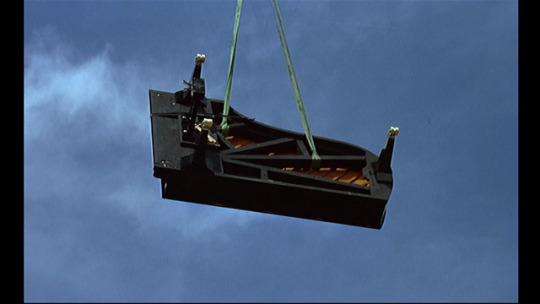
Demain on déménage, Chantal Akerman (2004)
Cinematography: Sabine Lancelin
| France, Belgium
7 notes
·
View notes
Photo
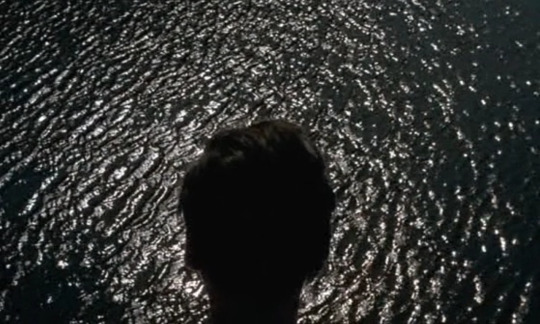
Philippe Grandrieux's Sombre, DoP : Sabine Lancelin
Love this frame of Jean facing the lake, death & fate. It only goes dark because it is.
Somehow, closely related to the new Alain Guiraudie's Stranger by the lake.
#Stranger by the lake#Philippe Grandrieux#Sombre#Sabine Lancelin#lake#dark#Elina Lowensohn#Marc Barbé#Alain Guiraudie
3 notes
·
View notes
Photo

Le Roi de l'évasion, Alain Guiraudie (2009)
#Alain Guiraudie#Laurent Lunetta#Ludovic Berthillot#Hafsia Herzi#Pierre Laur#Luc Palun#Pascal Aubert#François Clavier#Bruno Valayer#Jean Toscan#Sabine Lancelin#Xavier Boussiron#Bénédicte Brunet#2009
0 notes
Photo

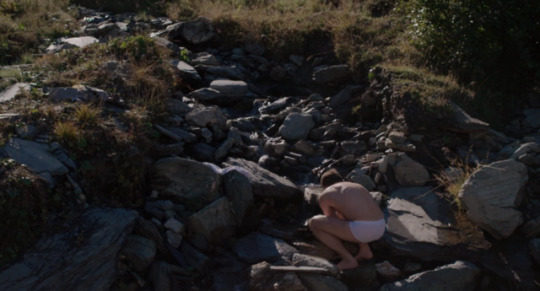
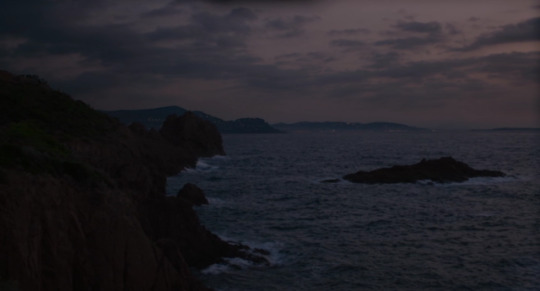
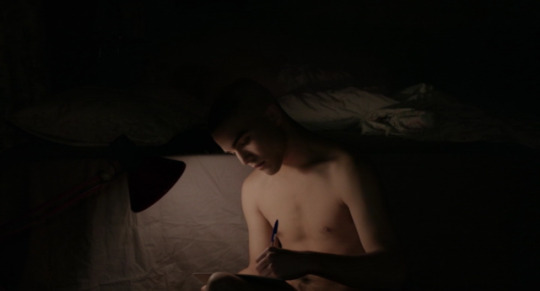
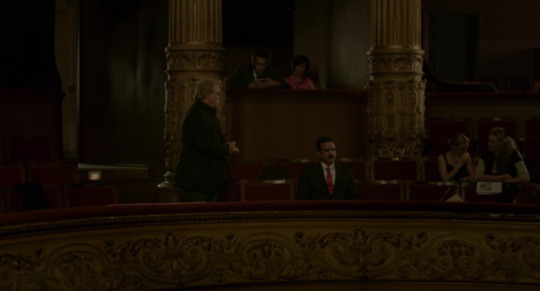




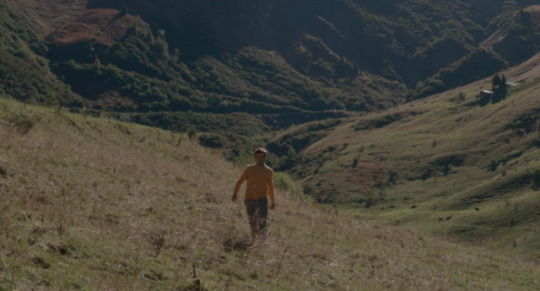
jours de france (jérôme reybaud, 2016)
27 notes
·
View notes
Photo

Made in Bangladesh, Rubaiyat Hossain (2019)
#Rubaiyat Hossain#Philippe Barrière#Rikita Nandini Shimu#Novera Rahman#Parvin Paru#Mayabi Rahman#Shahana Goswami#Sabine Lancelin#Tin Soheili#Sujan Mahmud#Raphaëlle Martin Holger#2019#woman director
0 notes
Photo


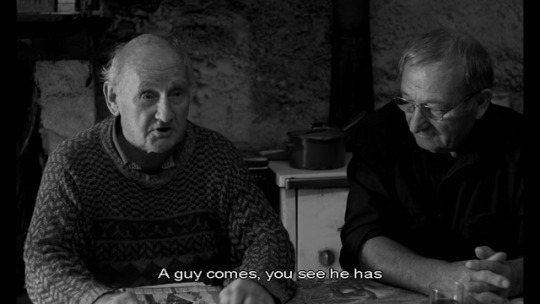
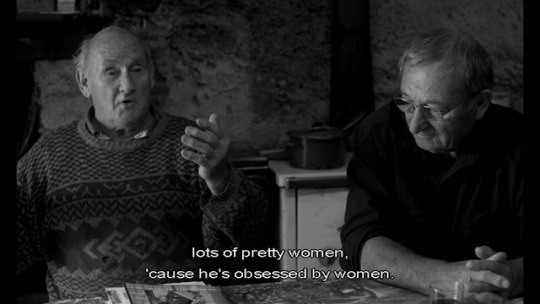



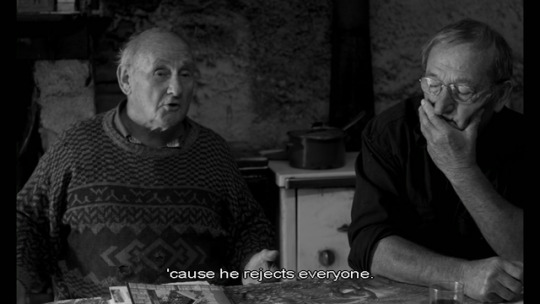
De l'usage du sex-toy en temps de crise, Éric Pittard (2013)
Cinematography: Sabine Lancelin
| France
1 note
·
View note
Photo



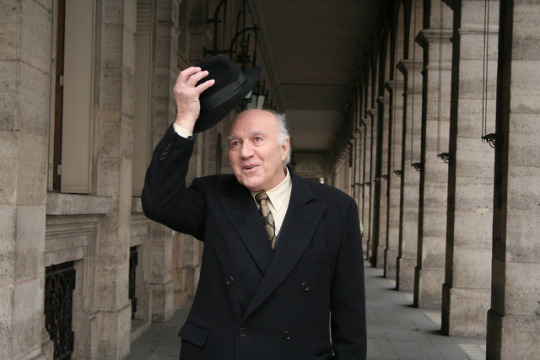
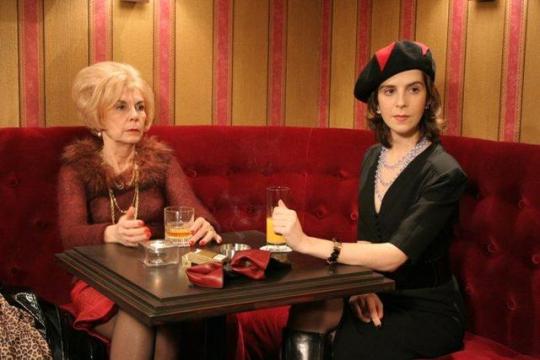

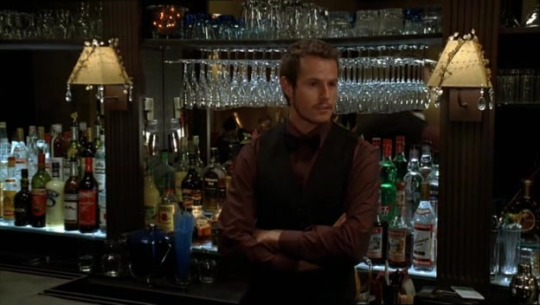
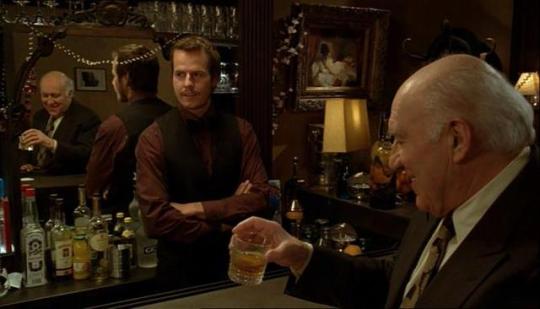


Belle Toujours (2006, dir. Manoel de Oliveira). Cinematography by Sabine Lancelin.
#belle toujours#2006#2000s#sabine lancelin#cinematography#michel piccoli#ricardo trêpa#ricardo trepa#júlia buisel#julia buisel#leonor baldaque#bulle ogier
0 notes
Photo

“The Strange Case of Angelica” (O Estranho Caso de Angélica) 2010.
Ricardo Trêpa as Isaac.
Adelaide Teixeira as Justina.
Directed by Manoel de Oliveira.
Cinematography: Sabine Lancelin
#ricardo trêpa#adelaide teixeira#manoel de oliveira#sabine lancelin#habitantes-oazj#film#The Strange Case of Angelica#Estranho Caso de Angélica
0 notes